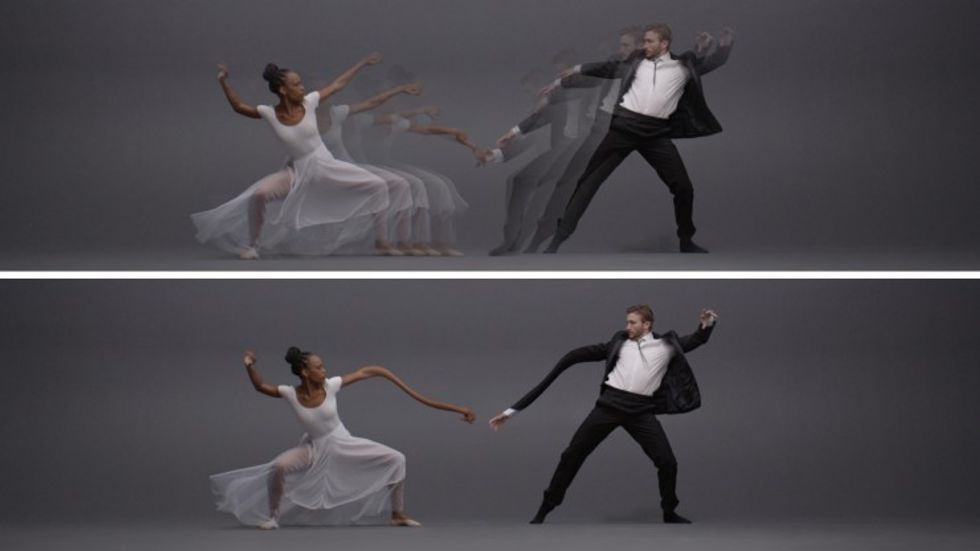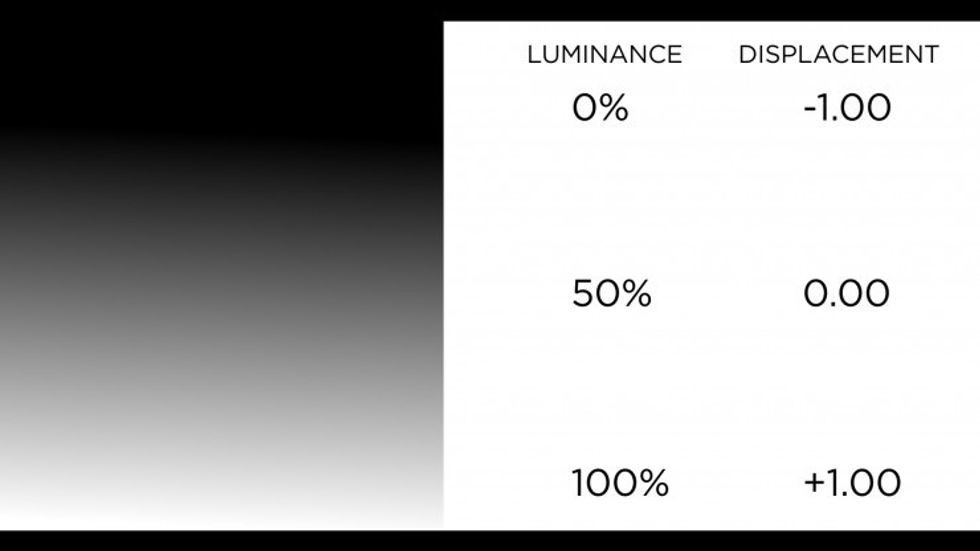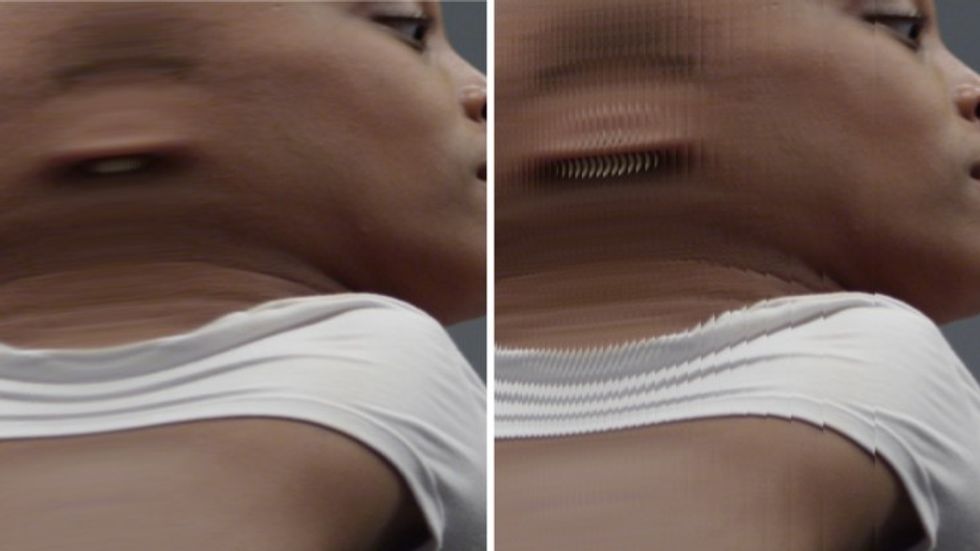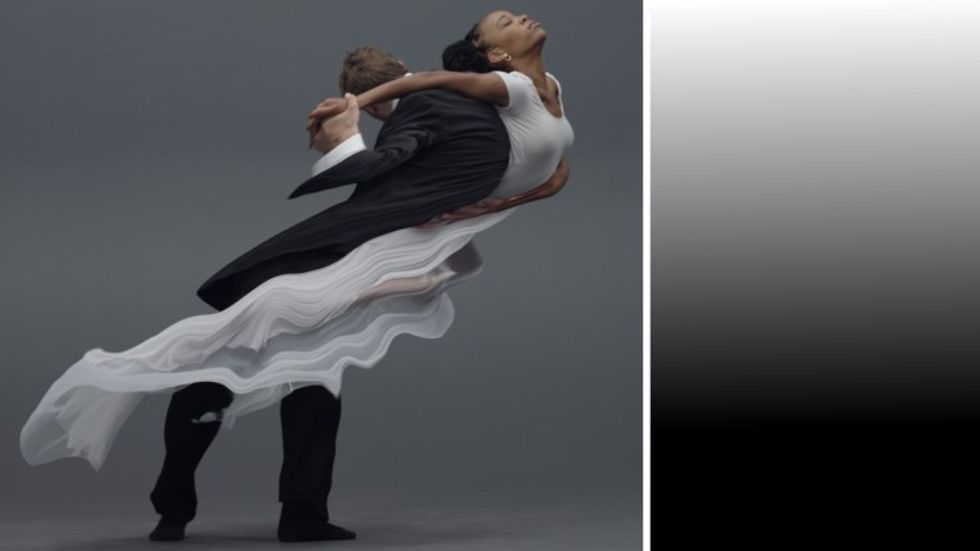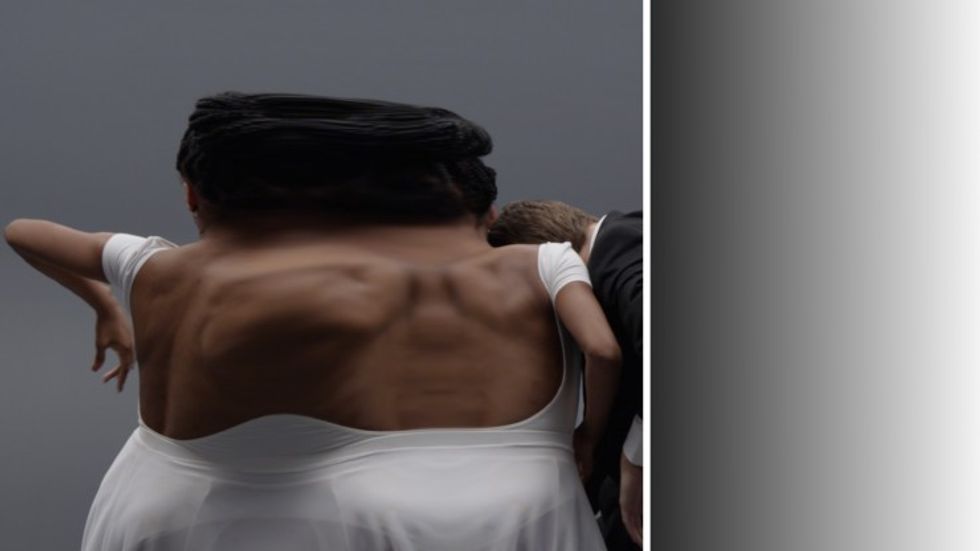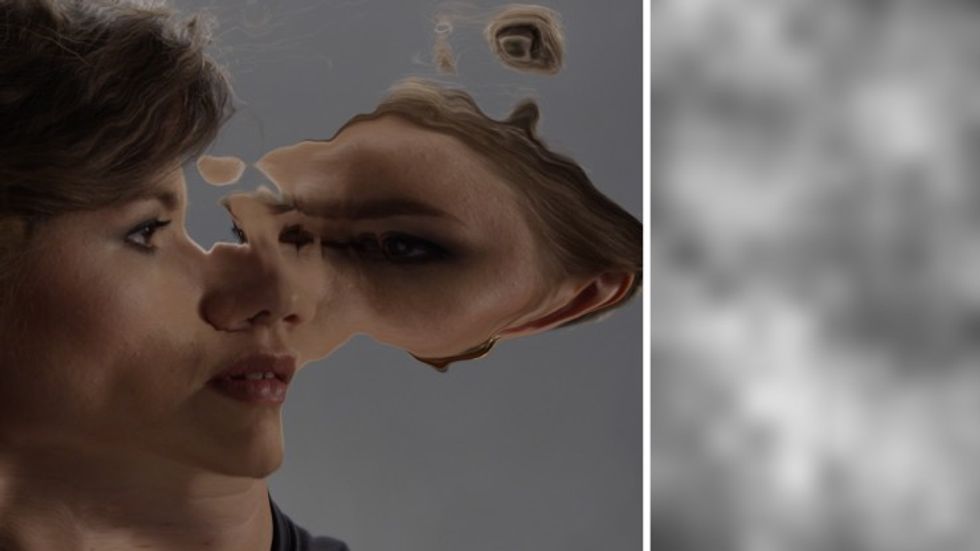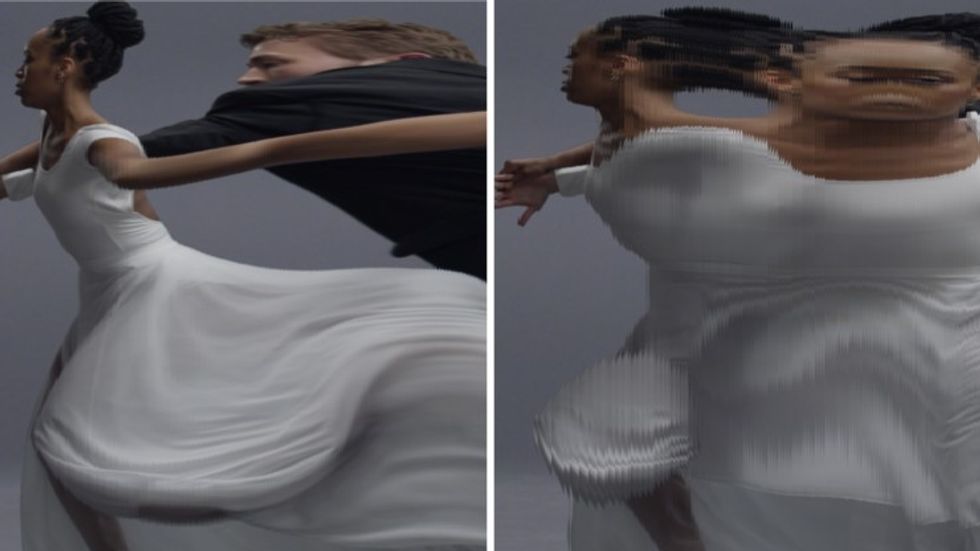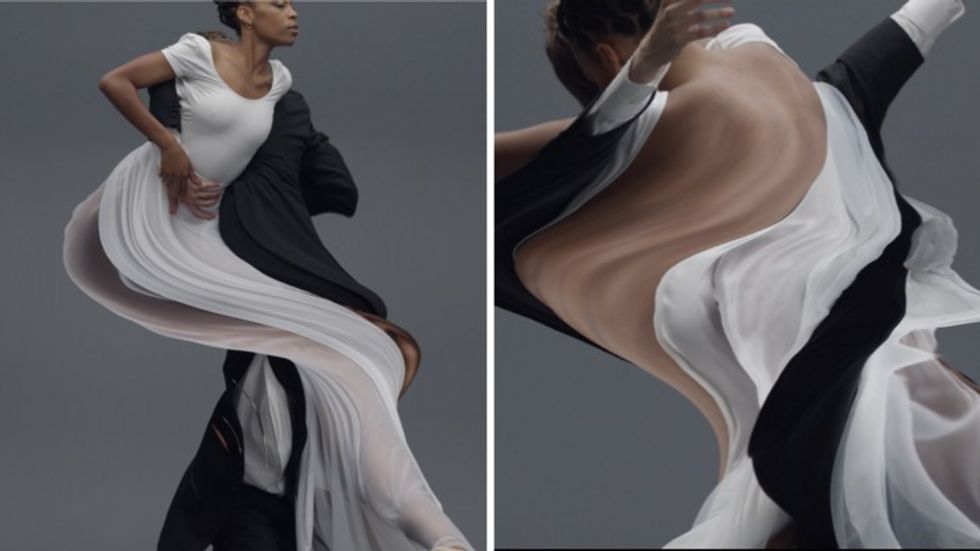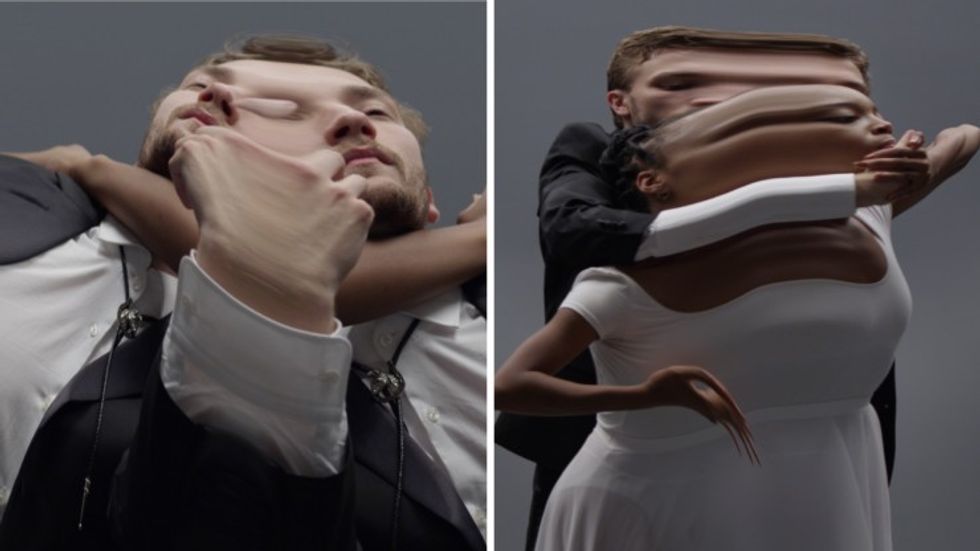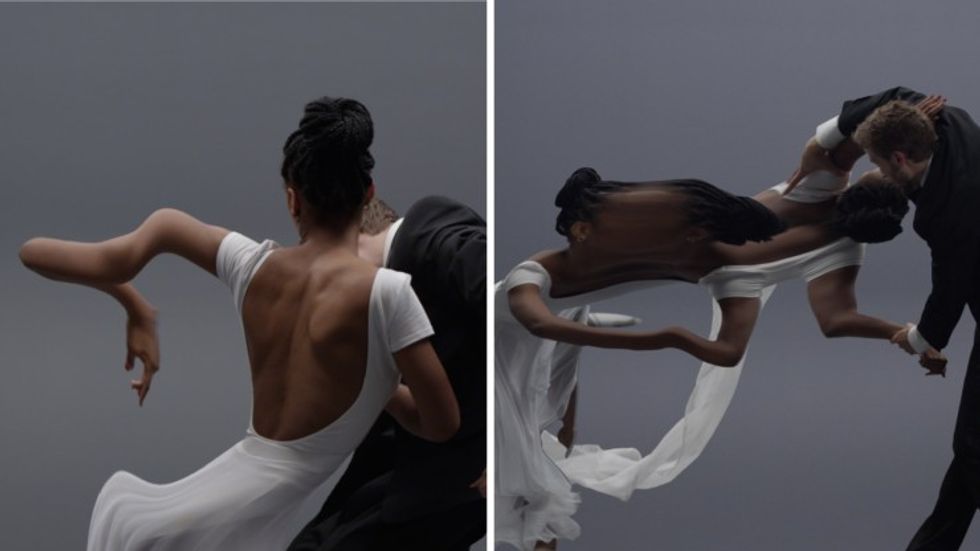How to Create the ‘2001’ Slit Scanning Effect with Digital Tools
This hands-on guide shows you how to distort your images like Kubrick.
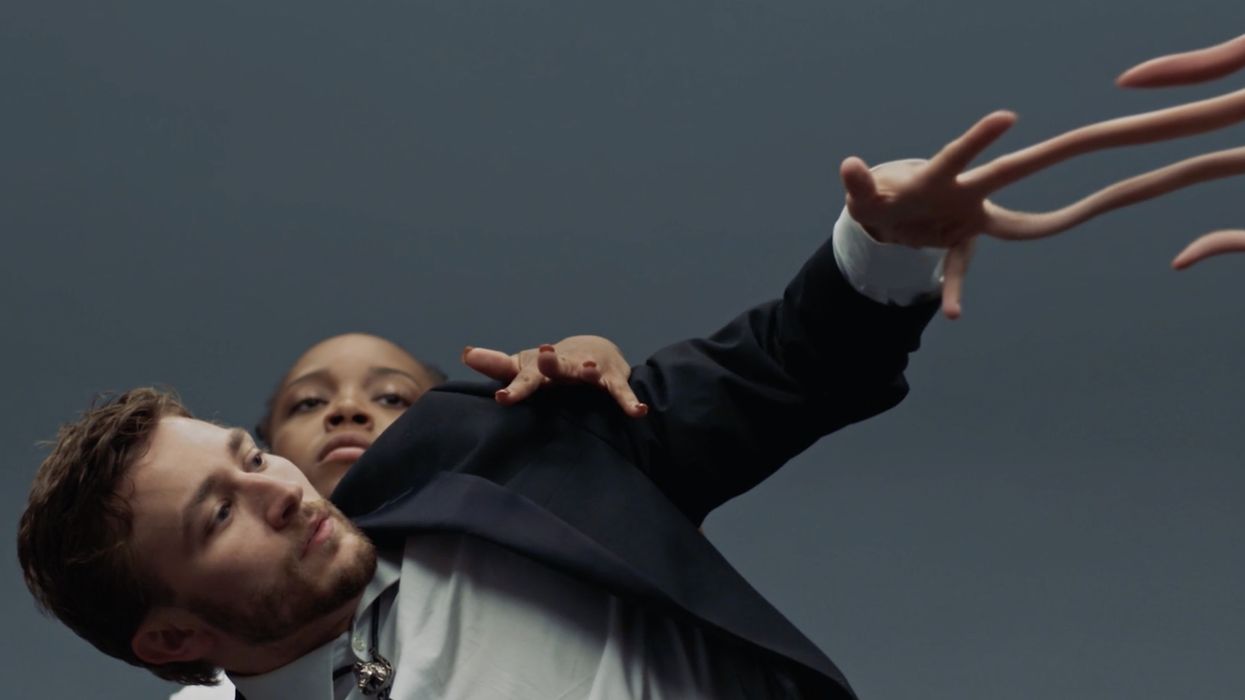
Effect parameters
Max displacement time controls how far ahead or behind you want the pixels to be shifted in time. Suppose you specify 2 seconds as the maximum time displacement. After Effects finds the luminance value of each pixel in the displacement map, then it replaces the corresponding pixels at the current time with pixels from another time, based on the maximum time of two seconds. Pushing this parameter with high value would obviously create more extreme and absurd results.
Resolution controls how many frames per second are going to be used in the animation. Typically, this value shouldn’t be greater than the frame rate of the affected layer.
It is very important to create the gradients in a 16-bit color system. The AE project itself also needs to be set as 16 bit colors. This way, the gradients contain information for thousands of levels of gray, rather than 256 levels of gray provided by the 8-bit colors. The gray resolution significantly affects the smoothness of the final animation.
The shape and the complexity of the gradient will determinate the kind of distortion. From the more common results given by a vertical gradient…
…to more unpredictable figures, generated by more complex gradient geometries.
Working with footage that has been shot in 24 fps is going to cause a lot of bending in the affected composition, as there aren’t a lot of in-between frames and information for the effect to work with. If you work with footage with a higher frame rate, there’s going to be much more information for the effect to process, and therefore a much smoother result. For instance, the majority of our video was shot in 120fps.
Motion:
There are infinite possibilities for results, generated by the infinite kinds of movements and actions the effect is applied to. For instance, the twisting look—one of the most popular—is generated by applying the effect to a spinning object. Keep in mind that for a smooth result, it’s important to work with footage where the actions don’t happen at a fast pace. The slower the action, the more in-between material for AE to process. So in a case where you are filming a very fast action, make sure you are compensating for it with a very slow fps.
Horizontal motion is often used to create exaggerated and over-stretched figures.
More random motions create more abstract and unpredictable results.
Background and Camera Movement:
It is important to consider that everything that contains temporal information in the footage is going to be affected by the time displacement. Applying the effect to footage that contains camera movements or dynamic and complex backgrounds can generate some very random and unpredictable results. Therefore, you may want to stick with no camera movement and static (or neutral) backgrounds, which will make it easier to control the effect and predict how the image will be distorted.
Keep in mind that time displacement is a very heavy effect to process, especially when applied to high resolution footage. Here are some suggestions to make the process smoother and reduce render time:
- Work on 8-bit colors and set it to 16 just before rendering.
- Work with proxies. Never set the maximum displacement time higher than necessary.
- Increasing time resolution can greatly increase rendering time.
- Use multiprocessing renders for the more time consuming sequences, when possible.
